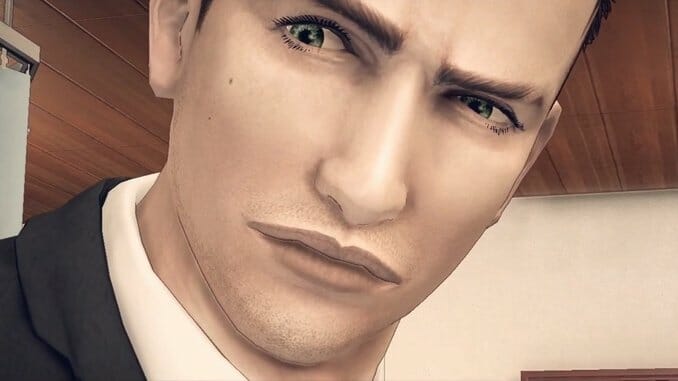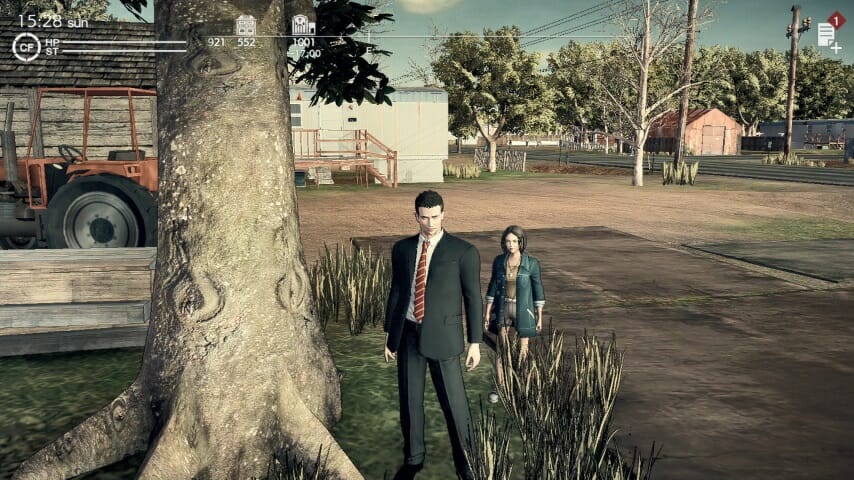Deadly Premonition 2 Fails Its Characters, and Thus Itself

In retrospect, the popularity of 2010’s Deadly Premonition is unsurprising in a medium that prizes nostalgia. True, at the time of its debut, its dated graphics and design values placed it a full generation behind the console it was released on, the Xbox 360. But its trappings, though aging, were buttressed by the strength of its inspiration, Twin Peaks. An unmistakable homage, Deadly Premonition combined Japanese horror roots with quirky, small-town charm to create a game as bizarre, imperfect and lovable as the show that inspired it.
The sequel announcement, made during PAX Prime in 2018, came as a surprise. By that point the game’s director, Hidetaka “Swery” Suehiro, had already moved on to other projects, and with at least one canceled game in his wake, a return to Deadly Premonition seemed unlikely. In the decade since it first came out, though, horror games have had a renaissance, with current day design tools meeting vintage aesthetics to redefine expectations of sophistication and visual quality across the genre. The sequel comes out at a time where its lack of polish is more welcome than ever. Whereas once the game’s production values competed with its characters for camp, both aspects can now be judged on their individual merit. The question is, with a key part of its “so bad it’s good” appeal now completely obsolete, can Deadly Premonition stand on its own feet?
Deadly Premonition 2: A Blessing in Disguise takes place in Le Carre, Louisiana, serving as both an epilogue and origin story for the Red Seed murders of the first game. After a chance vacation to New Orleans, Agent Francis York Morgan hears of the disappearance of Lise Clarkson and, suspecting the case’s connection to the increasing threat of the drug Saint Rouge, travels to the town to investigate. From there, the story plays out as a campy, rural melodrama centered on common themes of legacy, birthright and small-town corruption. York bonds with a new sassy assistant, 8-year-old Patricia Woods, and begins to unfurl the various entanglements of Le Carre. He soon hears of a Professor R and discovers a disturbing plan to enact a secret ritual that promises to destroy the Clarkson family. Throughout it all, York befriends a variety of unusual characters, each delivered with a B-movie flair that straddles a foot in each world, vacillating between cheeky self awareness and passionate mimicry.
If there’s anything that Swery seems to have picked up from his apparent fondness for David Lynch, it’s a penchant for the distinctive. Like Twin Peaks, Le Carre (and Greenvale before it) is populated by a wide cast of eccentric people whose quirks and side stories are framed with as much importance as the town’s central mystery. As Agent Morgan looks into the murder of Lise Clarkson, he meets all kinds: a folksy diner owner, a territorial bowling grandma, a hotel owner with multiple personalities. There’s even a Voodoo priest from beyond that only York can see. While the Clarkson family, their involvement with Saint Rouge, and what it means for the Red World is compelling, it plays second fiddle to how York interacts with and perceives the town and its denizens, especially Patti (whose sass towards York makes for the most delightful dialogue of the game). It’s as much about these unique individuals as it is about who killed Lise Clarkson.

-

-

-

-

-

-

-

-

-

-

-

-

-

-

-

-

-

-

-

-

-

-

-

-

-

-

-

-

-

-

-

-

-

-

-

-

-

-

-

-








































